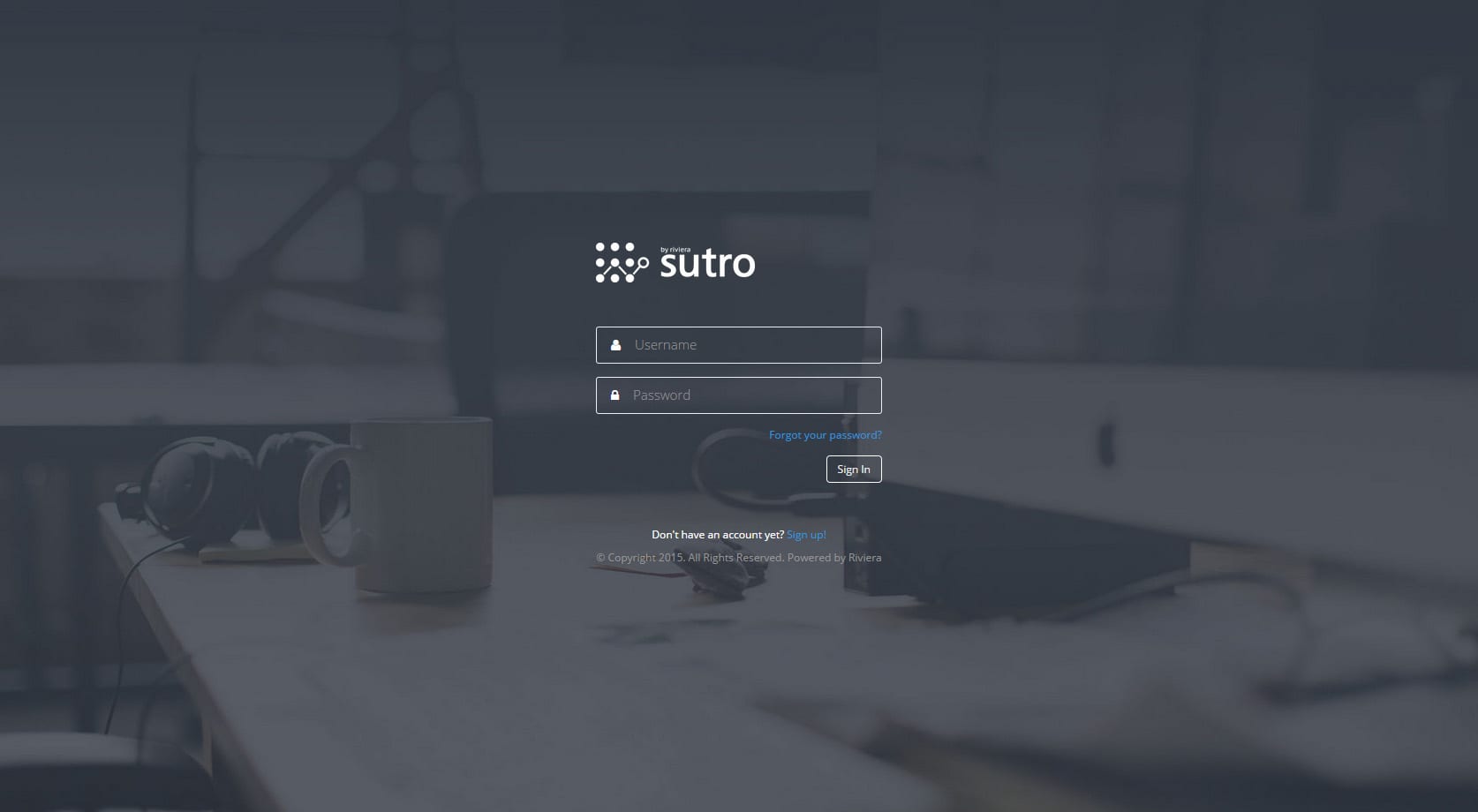
Last week, we gave you a glimpse of Sutro 4, the internally-developed technology that is helping us get one step closer to full-stack recruiting. Of course, Riviera isn’t unique in our use of software to manage the recruiting process–nearly every recruiting firm, and many companies, has some sort of internal database, which for the most part consists of some form of 3rd party applicant tracking system (ATS). What is unique is our decision to develop and build our own software platform.
This decision wasn’t driven by lack of options. There is no shortage of 3rd party ATS systems, and we reviewed and assessed many of them. In addition, there have been a variety of data-aggregation tools emerging in the marketplace. Companies like Gild, Entelo, Hired, and many more have all been putting forth powerful point solutions to evolve how people recruit talent. Rather, we realized that none of these options captured the whole recruiting picture.
Some tools are designed around only the recruiter experience. Since recruiters are the primary user, these solutions often aim to provide an intuitive solution that makes their day to day easier. The software in this case is optimized to provide a recruiter with a means to an end: make a single placement and then move on. Lather, rinse, repeat. There are also companies tackling the candidate side of the equation by empowering them with choice over their career options. By making it easier for candidates to self-select what they want to do and where they want to work, they’re introducing a revised inbound and on-demand approach to hiring.
As we evaluated the various tools and wrestled with the “build vs. buy” paradigm, we observed a somewhat consistent theme that led us to where we are today. Many of these solutions seemed to be one party-centric and weren’t addressing all the players: the recruiters, the candidates and the clients. Successful recruiting engagements are comprised of a harmonious balance between all three parties, and we couldn’t seem to find an all-encompassing solution.
This made our decision clear. We needed to build a tool that considered the implications of the full-stack recruiting experience. The ideal solution needed to address how to make recruiters smarter and more efficient; how to help candidates make better informed decisions; and how to provide the best matches to clients. At the same time, it needed to deliver full transparency, streamline the decision-making process, and help us deliver the best service and experience. And these were the seeds that sprouted Sutro.
